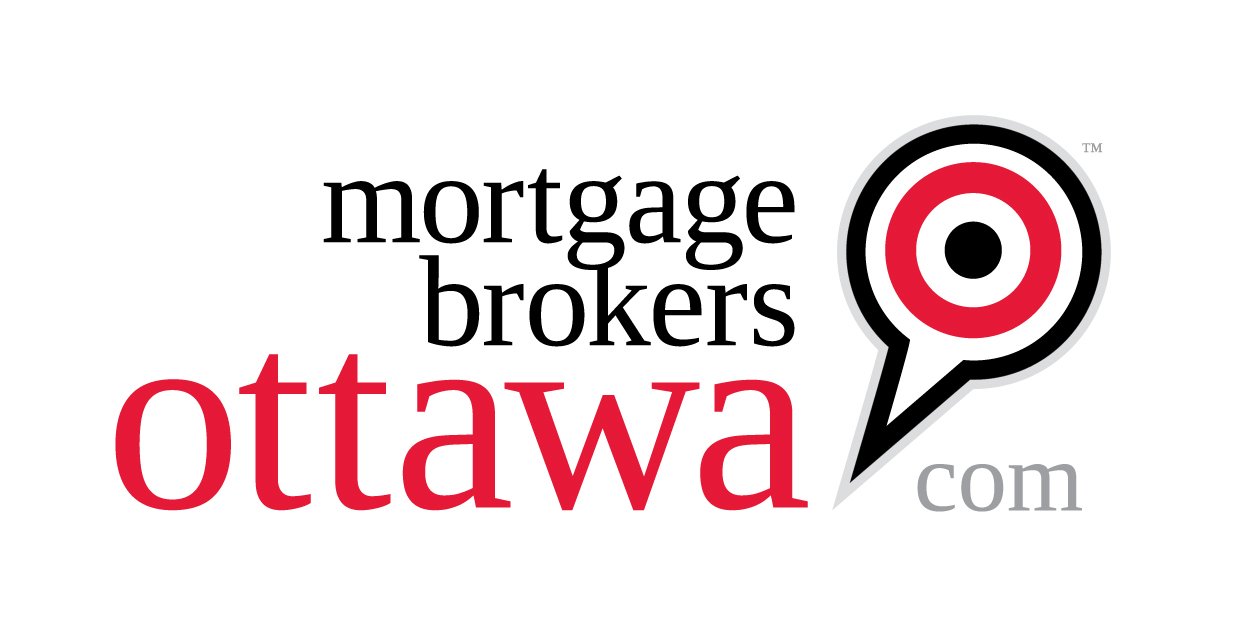Why Refinance a Mortgage

What are the different options?
The three most common ways of using your home equity to get extra financing before the end of your current term are:
- Refinancing
- Home equity line of credit
- Second Mortgages
The benefit of using one of these options rather than another kind of loan, such as a personal loan or a credit card, is that interest rates on loans secured with home equity can be much lower.
Remember:
- You must qualify for these home equity borrowing options.
- Don't borrow more than you can afford. If you are unable to repay the amounts you have borrowed, plus interest, you could lose your home.
Refinancing
Some mortgage lenders offer their customers refinancing options. This allows home owners to access the equity in their home that they’ve built up over time, by paying down their mortgage principal. Refinancing may involve changing the terms of your original mortgage agreement, and the refinanced portion may have a different interest rate than the original mortgage. You may have to pay fees in order to do this.
You can borrow up to 80 percent of the appraised value of your home, minus the amount left to pay on your first mortgage.
Example:
Louise is planning a home renovation project and is looking at refinancing her home to fund the renovation. Her house is currently worth $200,000 on the real estate market, and she still has $100,000 left to pay on her mortgage. Her mortgage lender calculates her credit limit for refinancing as follows:
$200,000 appraised value of the home x 80% maximum loan allowed = $160,000 loan amount based on appraised value - $100,000 less balance owed on current mortgage = $60,000 refinancing credit limit.
If the lender and Louise agree to refinance her home to the $60,000 limit, she would owe a total of $160,000 on her mortgage.
Home equity lines of credit
A home equity line of credit (HELOC) works much like a regular line of credit. You can borrow money whenever you want, up to the credit limit. You can pay it back and borrow again. You have to apply for a home equity line of credit to find out whether you qualify.
The Office of the Superintendent of Financial Institutions (OSFI) has issued guidelines for federally regulated lenders such as banks that address the maximum amount for HELOCs. OSFI expects federally regulated lenders to limit new HELOCs to 65% of your home’s appraised value. A HELOC can be combined with a regular mortgage for a maximum of 80% of your home’s appraised value.
Example:
- Nicole would like to get a home equity line of credit to use for a home renovation.
- Her house is currently worth $200,000 on the real estate market, and she still has $100,000 left to pay on her mortgage.
- Her mortgage lender calculates her home equity line of credit limit as follows:
-Appraised value of home: $200,000
-Potential maximum for HELOC and regular mortgage combine, based on appraised value (maximum 80%): = $160,000
-Less balance owed on mortgage: - $100,000
-Maximum credit limit on HELOC: $60,000
Note: as Nicole pays off more of her mortgage, she will be able to borrow additional funds with her HELOC, up to a maximum of $130,000 (or 65% of her home’s appraised value of $200,000).
Second Mortgages
A second mortgage is a second loan that you take and secure with your home equity, in addition to your original mortgage, with a different mortgage lender. While making payments on your second mortgage, you also continue to make the payments on the original mortgage.
The term “second” indicates that a second loan is registered against your home in addition to the first mortgage. If the loan goes into default—that is, if you cannot continue to make your payments and your home is sold to pay off the mortgage—your original mortgage lender has priority and would be paid before any funds go toward the second mortgage lender. Therefore, a second mortgage is riskier for mortgage lenders. This is why interest rates on second mortgages are usually higher than on first mortgages.
You can borrow up to 80% of the appraised value of your home, minus the amount left to pay on your first mortgage.
